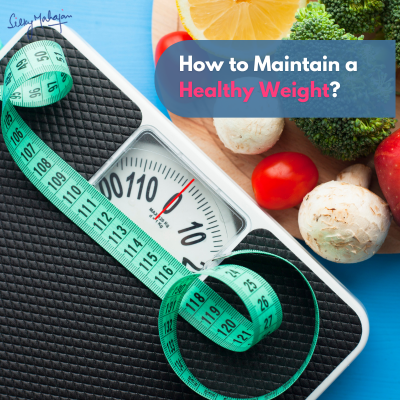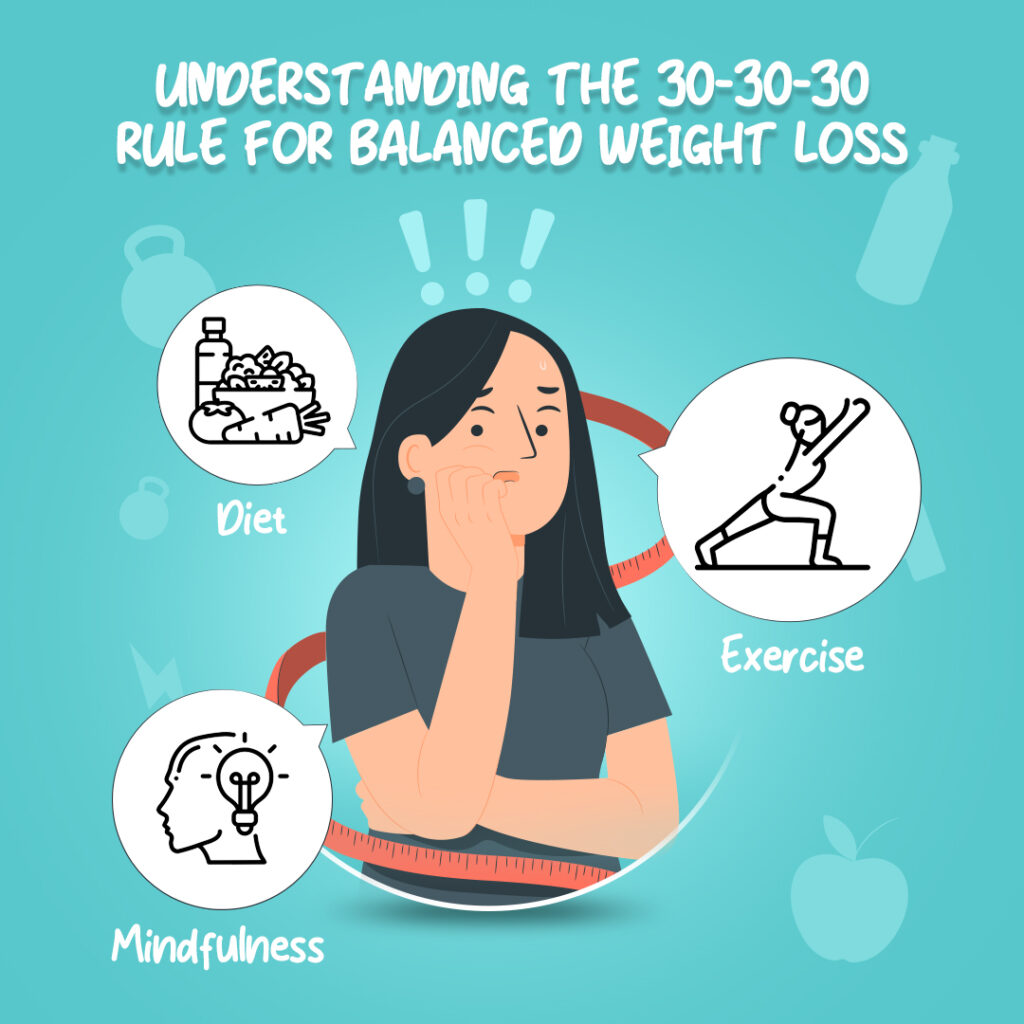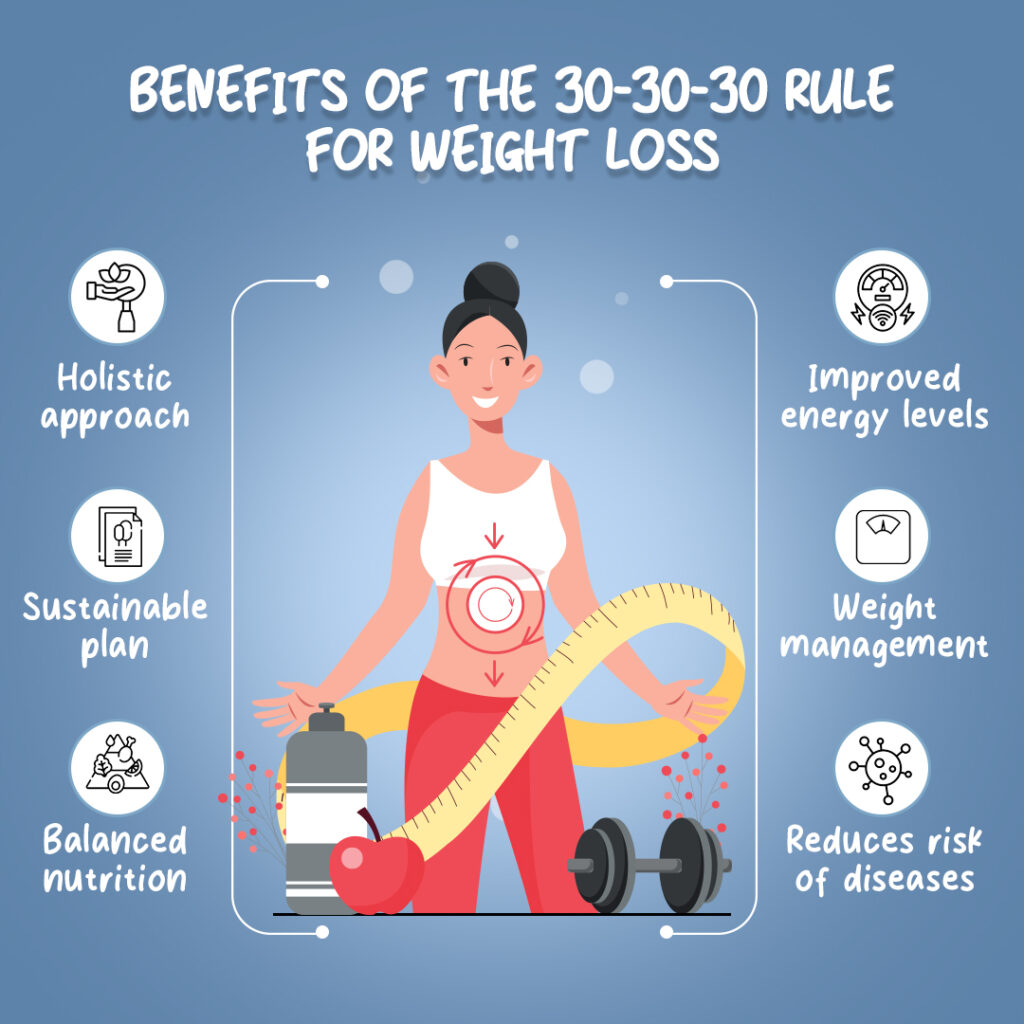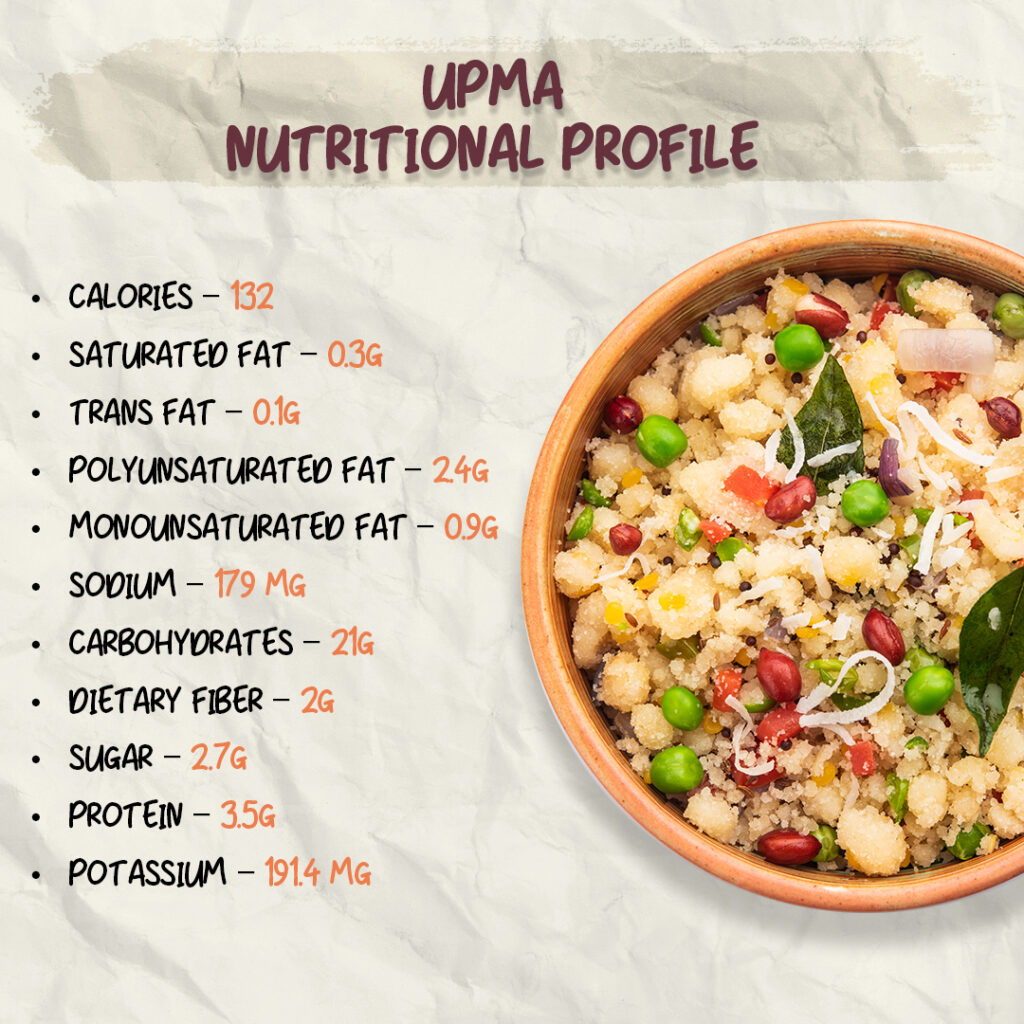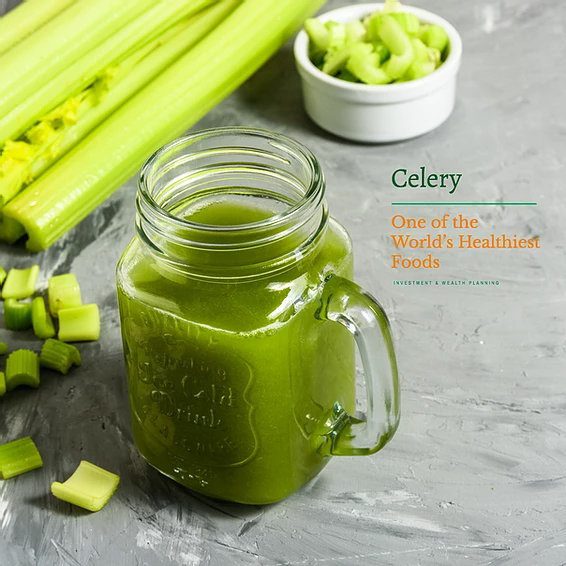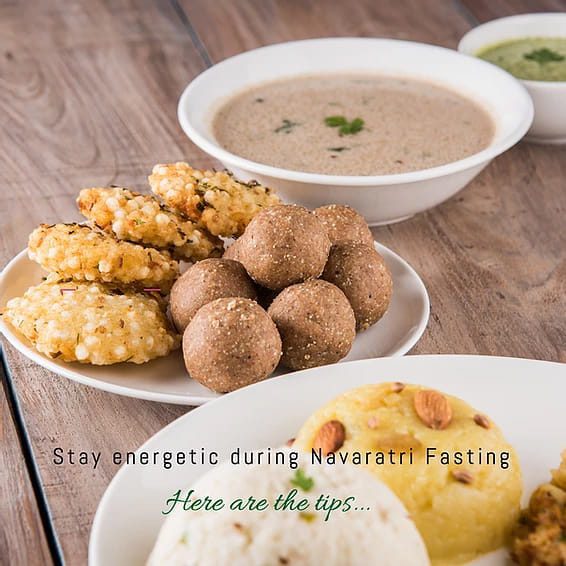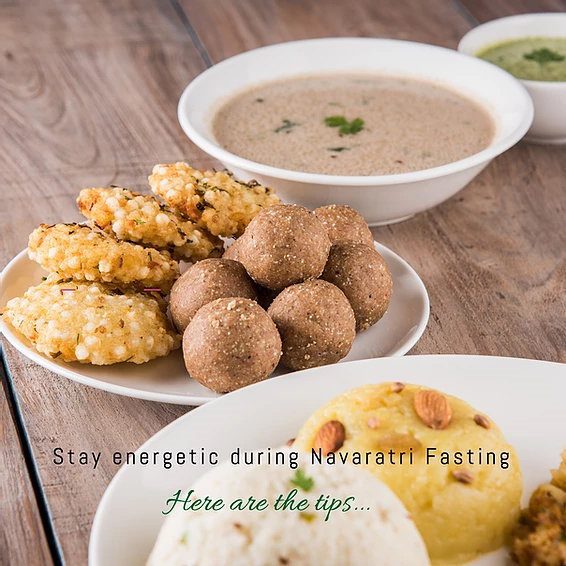Maintaining a healthy weight is essential for overall well-being and can prevent various health issues. Achieving and sustaining a healthy weight involves adopting several key habits that promote a balanced lifestyle. This blog will provide you with practical tips and insights to help you maintain a healthy weight effectively.
Here are the top 6 tips for maintaining a healthy weight
1. Eat Clean
One of the fundamental habits for maintaining a healthy weight is eating clean. This means avoiding junk food, oily foods, and processed snacks. Focus on consuming whole foods that are rich in nutrients, such as:
- Fresh fruits and vegetables
- Whole grains like brown rice, quinoa, and oats
- Lean proteins such as chicken, fish, beans, and legumes
- Healthy fats from nuts, seeds, avocados, and olive oil
2. Balanced Meals and Snacks
Aim to have three balanced meals and three small snacks each day. Space your meals and snacks 2-3 hours apart to maintain steady energy levels and prevent overeating. A balanced meal should include:
- A source of protein (e.g., chicken, tofu, beans)
- Healthy carbohydrates (e.g., sweet potatoes, whole grain bread , flax seed)
- Vegetables or fruits (e.g., spinach , apple )
- Healthy fats (e.g., olive oil, nuts, desi ghee)
3. Manage Portion Sizes
Controlling portion sizes is crucial for preventing overeating and managing your weight. Here are some tips to help you manage portions:
- Use smaller plates to naturally reduce portion sizes
- Avoid eating directly from large packages or containers
- Be mindful of serving sizes and read nutrition labels
4. Hydration
Drinking enough water is vital for weight management. Aim to drink 2-3 liters of water daily. Proper hydration helps:
- Maintain metabolic processes
- Reduce feelings of hunger
- Improve digestion and nutrient absorption
5. Stop Eating When 80% Full
Listen to your body’s hunger and fullness cues. Stop eating when you feel 80% full, as it takes time for your brain to register that your stomach is full. This practice can prevent overeating and promote better digestion.
6. Self-Discipline and Commitment
Maintaining a healthy weight requires self-discipline and commitment. Here are some strategies to stay on track:
- Set realistic and achievable goals
- Keep a food diary to monitor your eating habits
- Find a support system, such as friends or family, to encourage you
- Stay active with regular exercise and physical activity
Conclusion
Achieving and maintaining a healthy weight is a journey that involves several key habits. By eating clean, managing portion sizes, staying hydrated, and practicing self-discipline, you can lead a healthy lifestyle and prevent weight-related health issues. Remember, the commitment to a healthier you starts with small, consistent changes.
In case of any related query related to nutrition or weight loss book an appointment with Dt. Silky Mahajan .You can also send us a mail at info@foodsandnutrition.in or call on 7829999400. Follow us on facebook & instagram for latest updates.






